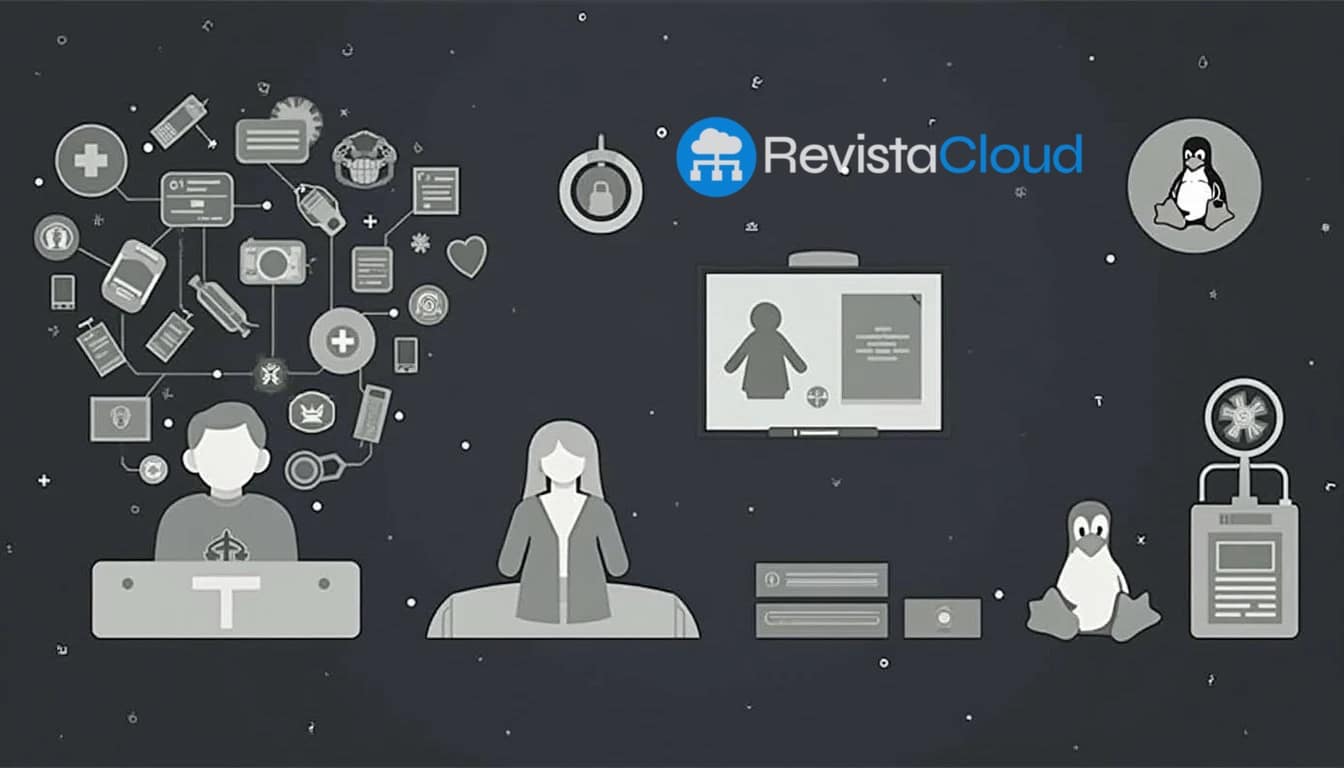In the field of medical technology, safety and efficiency are essential. Open-source software, especially Linux, is gaining popularity in the development of medical devices due to its multiple advantages. This article explores the benefits and challenges of using Linux in medical devices and how to overcome these obstacles to develop secure solutions that meet regulatory requirements.
What is Linux and why is it important for medical devices?
Linux is an open-source operating system developed and maintained by a community of volunteers since 1991. Unlike proprietary operating systems like Windows or macOS, Linux is free, meaning there are no license fees, and its code is available for review, modification, and redistribution. This feature makes it an attractive option for the development of medical devices.
Benefits of Linux in the development of medical devices
- Security and Cost-Effectiveness: The open nature of Linux makes it easier to identify vulnerabilities before they become issues in production devices. Additionally, by eliminating the licensing costs associated with proprietary operating systems, Linux reduces expenses in medical software development.
- Reliability: Linux is known for its stability and reliability. It has been used by NASA for decades in space missions and by major corporations around the world. This robustness ensures that medical devices operate smoothly and with minimal risk of failure.
- Flexibility: As an open-source project with thousands of contributors, Linux is constantly evolving. This flexibility allows adapting the operating system to the specific needs of medical devices and adding new functionalities as they arise.
Challenges and Solutions in Developing Linux-Based Medical Devices
While Linux offers many advantages, it is not the perfect solution for all medical devices. The flexibility and modularity of Linux make it an ideal platform for developing customized solutions that meet the specific needs of medical device manufacturers.
Ensuring Security in Linux-Based Medical Devices
Security is a primary concern in developing software for medical devices. Protecting patients and their personal data is crucial. Security issues can have serious consequences, as seen in the case of vulnerabilities in Medtronic’s insulin monitoring devices and St. Jude Medical’s pacemakers.
Regulatory Compliance in Developing Linux-Based Medical Devices
Regulatory compliance is essential for the development of medical devices. The FDA and other medical regulators like the EMA in Europe impose strict regulations on all devices, including those running on Linux. The first step to meeting these requirements is to determine which regulations apply to your product or service. Consulting with a lawyer specializing in this area can help ensure that the product complies with all current regulations.
Trends in Developing Linux-Based Medical Devices
As open-source software becomes more popular, the medical device industry needs to ensure proper use of it. Research on the use of open-source software in medical devices is ongoing, but the future looks promising due to the flexibility, reliability, and security features of Linux.
The use of open-source software solutions, especially Linux, is on the rise in the development of medical devices. This approach can not only reduce costs and improve security but also foster collaboration among developers to continuously enhance the security and reliability of products.
In summary, the development of safe and effective medical devices greatly benefits from using Linux. Its open-source nature provides a solid foundation for creating innovative and secure solutions, while its flexibility and reliability make it an attractive option for the future of medical technology. Staying informed about developments in this field is crucial to be prepared for advances and challenges that may arise.

